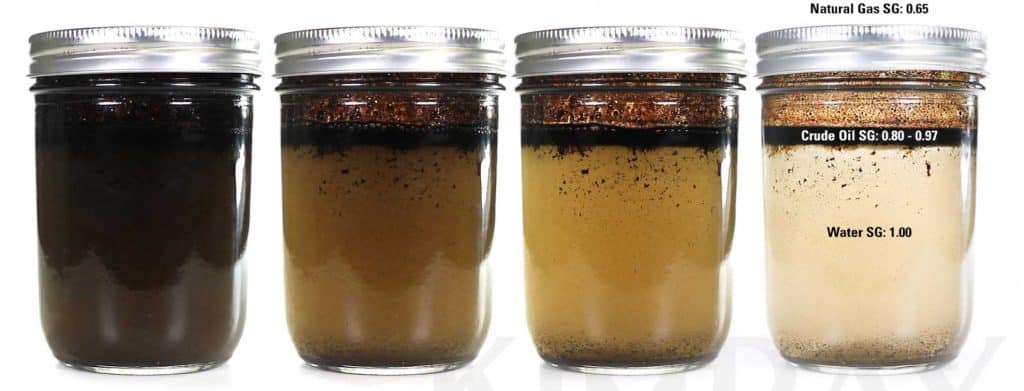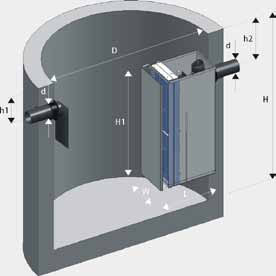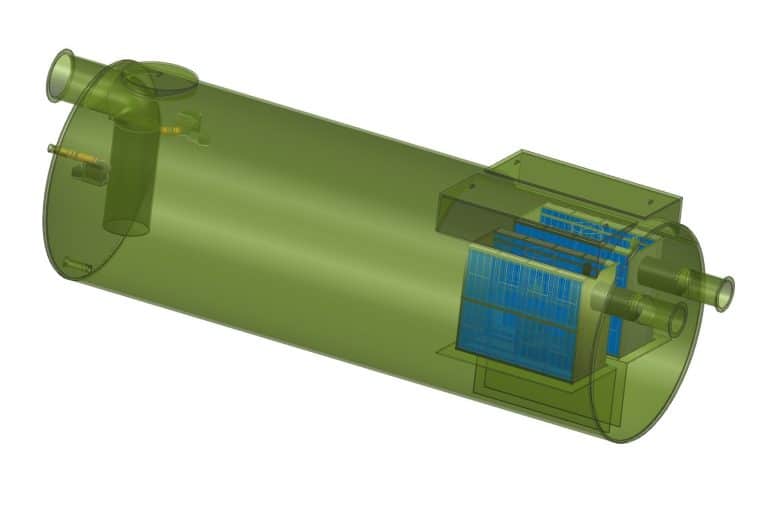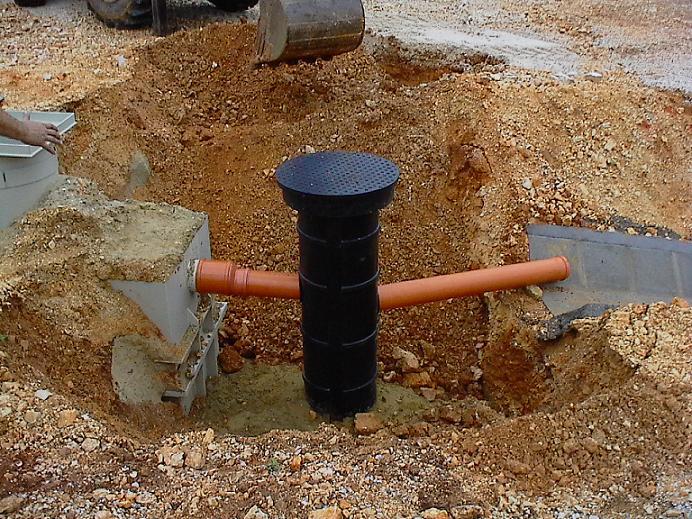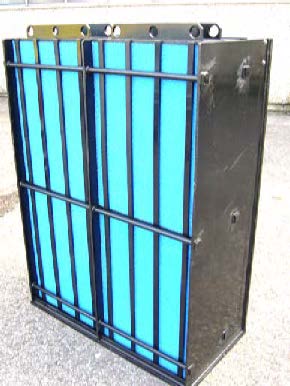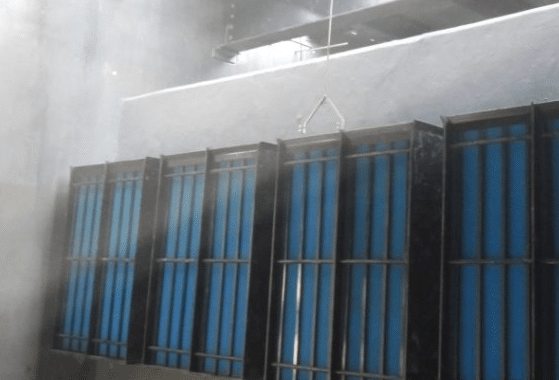Ever wondered why some oil/water separators do better than others? The efficiency of your oil/water separator depends on key factors. These factors can greatly change how well it works and if it meets rules.
Industries like food and cars make oily water. So, making oil/water separators work better is key. Knowing these important factors helps businesses boost their oil water separator’s performance. It also helps them follow strict efficiency standards.
Key Takeaways
- Oil/water separators can achieve varying efficiencies depending on technology and maintenance.
- Hydrocyclone separators are known for their capability to remove up to 99% of oil from wastewater.
- Coalescing separators can reduce oil concentration to less than 10 ppm, making them highly effective.
- Gravity separators often struggle with low flow rates and small oil droplet removal efficiency.
- Temperature plays a significant role in oil viscosity, affecting separation efficiency.
- Regular maintenance of coalescing media is critical to keep performance high.
- Choosing the right separator type is essential for following oil concentration limits.
Understanding Oil/Water Separators
Oil/water separators are key in managing oily wastewater. They aim to remove oil, grease, and contaminants before disposal. These systems work by using the density difference between liquids to separate oil from water.
Keeping these systems well-maintained is vital. This is true, even more so in places with high flow rates and varied oil types.
What Are Oil/Water Separators?
Oil/water separators are designed to treat wastewater by separating hydrocarbons from water. They use coalescing technology to remove oil droplets more effectively. Regular maintenance, like cleaning and replacing filters, is important.
This helps keep the system running smoothly. It also prevents failures that can happen when the system is under a lot of stress.
Importance in Environmental Compliance
Using oil/water separators correctly is important for following environmental rules. Not following these rules can lead to big fines and harm to a company’s reputation. It’s important to follow best practices to reduce environmental impact.
Proper disposal of oil is also key. This must follow local, state, and federal laws. Working with licensed waste disposal services is necessary for responsible practices. The success of these separators helps keep discharge clean and protects water ecosystems.

The Role of Coalescing Technology
Coalescing technology is key to making oil water separators work better. It helps small oil droplets join together, making them easier to remove. Modern coalescing media, like nanofiber technology, can catch particles as small as 0.1 microns. This is a big plus for industries that need very clean products.
How Coalescing Works
Coalescing is a simple yet effective process. When oil water mixtures go into the separator, the coalescing media catches the tiny oil droplets. These droplets then grow into larger ones that can easily rise to the top.
This process is made even better with smart sensors. They help adjust the filter in real-time. This keeps equipment safe and makes the system more efficient, saving money in the long run.
Enhanced Coalescing vs. Traditional Methods
Enhanced coalescing beats old methods in separating oil and water. Mechanical coalescers are strong and work well with oil and gas. Electrostatic coalescers are great for offshore platforms, helping to keep water and hydrocarbons separate.
These new technologies help keep contaminants out, protecting the environment and meeting regulations. Companies see big benefits, like less maintenance and better quality products. This makes investing in a high-efficiency oil water separator very worthwhile.
Measurement of Separation Efficiency
Measuring how well oil/water separators work is key. It shows if they meet rules, like in North America where oil limits are 10 Parts per Million (10 PPM). Good wastewater treatment helps follow rules and works well in many industries.
Defining Separation Efficiency
Separation efficiency shows how well a system removes oil from water. For example, Freytech separators use special technology to get oil levels down to 5 PPM. They can even get oil levels as low as 0.1 PPM, showing how important it is to improve wastewater treatment.
Standards: North American Hydrocarbon Limits
In North America, oil water separators must keep hydrocarbon levels low to protect the environment. These systems can handle water flow rates from 25 to over 640 gallons per minute (GPM). The EcoLine B series system, for instance, is made for moderate flow rates. It helps meet environmental rules while supporting operations.
Lowering separation levels helps use systems that manage wastewater better. This leads to more sustainable practices and a smaller environmental impact for many industries.
Key Factors Influencing Efficiency
The performance of oil/water separators depends on several key factors. The type of oil being treated and the system’s temperature are very important. Knowing these can help improve separation efficiency and get better treatment results.
Oil Characteristics and Composition
Different oils, like diesel or motor oil, have unique properties. These properties affect how well they separate from water. For example, if the viscosity difference between oil and water is too big, it makes separation harder.
The density and what the oil is made of also matter. They can change how well oil and water separate. This can affect efficiency by up to 30%. Oil droplets that are bigger separate better than smaller ones. So, the size of the droplets is very important in making good separators.
Temperature and Its Impact
Temperature is very important for oil water separator performance. When it’s warmer, fluids move more easily, helping oil and water separate better. Keeping the temperature steady can improve efficiency by 15%.
Big changes in temperature can make separation harder. This is because it changes how the oil and water behave. Keeping the temperature right, along with the right pressure, makes separators work much better.
Freytech Inc.’s Coalescing Media
Freytech Inc. has developed advanced coalescing media to boost oil water separator performance. This innovation improves separation efficiency and makes the media reusable. This leads to lower operational costs. Regular maintenance is key to getting the most out of this media, making the separation process cleaner and more effective.
Benefits of Reusable Media
The reusable nature of Freytech’s coalescing media is a big plus. It can be easily cleaned, which extends its life and cuts down on replacement costs. This helps industries meet environmental standards while keeping oil water separators running well, even in tough conditions.
Maintenance and Longevity
Keeping the oil water separator in good shape is vital for the coalescing media’s longevity. Regular cleaning stops clogs and boosts separation efficiency. By sticking to a maintenance routine, facilities can hit oil levels as low as 0.1 PPM. This meets and beats the 5 PPM oil removal rule set by regulations.
Maintenance is key to better efficiency and following environmental rules.
Optional Features for Efficiency
Adding optional features to oil water separators makes them work better. Freytech’s patented oil skimmer is a key feature. It automatically takes out the oil, making it easy to recycle.
Patented Oil Skimmer Benefits
The oil skimmers help by making the drainage process automatic. They remove oil droplets over 20 microns. This means the water can be very clean, with oil levels below 5 ppm.
Using dual adjustable rotatable pipe skimmers helps get more oil. It also cuts down on downtime.
Collection and Disposal of Separated Oil
It’s important to collect and dispose of oil properly. Good systems handle sludge well, from 27 to 85 gallons. Automatic sludge dump systems make things easier, even in tough environments.
Stainless steel and fiber-reinforced plastic make the systems last long. This saves money over time.
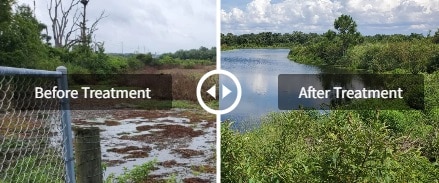
Types of Hydrocarbons Handled
Oil/water separators are key in managing wastewater with different hydrocarbons. Knowing these hydrocarbons is vital for better oil water separator performance. Each oil type needs a specific method for effective separation.
Common Hydrocarbons in Wastewater
In industrial settings, wastewater often contains lubricating oils, diesel, and jet fuel. These compounds challenge separation due to their unique properties. Choosing the right oil/water separator is critical for meeting standards and efficient operation.
Separation of Emulsified Oils
Emulsified oils are hard to separate because they mix well with water. Advanced technologies, like Freytech’s coalescing separators, can significantly improve separation. They can lower emulsified oil levels to 0.1 PPM. Knowing how different hydrocarbons behave helps operators pick the best separator, boosting compliance and protecting the environment.
Economic Advantages of Efficient Separators
Efficient oil/water separators are key for better financial health in industries with wastewater. They help lower costs for managing waste. These separators also boost productivity and how resources are used.
Reducing Disposal Costs
Using efficient separators cuts down on waste disposal costs. They separate oil from water, reducing landfill or treatment plant waste. This saves money on waste disposal fees.
Companies using these technologies save money over time. Their operational efficiency grows, leading to more savings.
Recycling Opportunities
Separators also open up recycling chances. They skim off reusable oil, turning waste into a valuable resource. This supports sustainability and lowers costs for buying new materials.
Adding efficient separators to industries promotes a circular economy. It improves both economic and environmental outcomes.
Regulatory Compliance and Benefits
Keeping up with regulatory rules is key for industries dealing with oily wastewater. The Environmental Protection Agency (EPA) sets rules that air compressor wastewater can’t have more than 40 parts per million (ppm) of oil. Yet, the average air compressor condensate often has around 300 ppm of oil.
Because of these strict standards, companies must use effective oil-water separators. This is to make sure they follow the rules.
Meeting 10 PPM Limit
Businesses face big fines if they don’t meet the 10 ppm discharge limit. These fines can be up to $25,000 a day. Oil-water separators are key in removing oil from wastewater before it’s released.
Companies using these systems see better reliability and fewer compliance issues. They also reduce their legal risks and improve their reputation.
Achieving Cleaner Discharge at 5 PPM
Some advanced technology lets separators achieve a 5 ppm clean discharge. This is thanks to the latest coalescing technology. It makes sure oil-water separators work well and follow the rules.
With regular upkeep and checks, these systems can cut down pollutants in water bodies by 30%. This helps protect water and improves its quality by 40% compared to non-compliant systems. For more on achieving these standards, check out Freytech Inc..
Case Studies of Improved Efficiency
Looking at real-world examples of Freytech’s oil/water separators shows big gains in efficiency. These examples come from different industries. They show how advanced separation tech works well and the results it brings.
Success Stories with Freytech Separators
In the port industry, Freytech separators have made a big difference. They help with Rubber Tire Gantry (RTG) and Terminal Tractors. These separators cut down on diesel engine oil spills, making things run smoother.
Users have seen better engine performance and less downtime. This shows how important good separation tech is.
Measurable Outcomes in Industrial Applications
Studies show that good oil/water separators keep engines running well. For example, with Jenbacher Series engines, the oil in the filtered gas stays very low. This shows the tech works well.
These engines last a long time, over 40,000 hours. This proves Freytech’s solutions are effective. They help keep the environment clean by reducing soot emissions.
Troubleshooting Common Issues
It’s important to know how oil/water separators work well. If they don’t, it might mean there’s a problem. Regular checks and upkeep are key to fixing these issues and keeping things running smoothly.
Identifying Efficiency Drops
Signs of trouble in oil/water separators include more oil than usual or changes in how well they work. Checking oil levels often is important. If oil levels get too high, it’s time to take action to meet discharge standards.
Maintenance Tips for Optimal Performance
Oil water separators need checks and cleaning every six months. This stops blockages and keeps them working right. Keeping records of maintenance helps track how well the equipment is doing. Training staff on upkeep helps avoid spills and keeps things efficient.
Contact Freytech Inc. for More Information
If you want to improve your operations with better oil/water separation, Freytech Inc. can help. Our team knows the latest in oil/water separator tech. We make sure your business follows rules and works efficiently. If you’re in oil & gas or handle wastewater, let’s talk about what you need.
Speak With Our Experts at +1 (305) 372-1104
Talking to our team is the first step to better oil/water systems. Call +1 (305) 372-1104 to talk to our experts. They can give you advice and insights on our innovative solutions. We’re ready to help you meet tough environmental rules and improve your separation efficiency.
Explore Our Products and Solutions
Freytech has a wide range of products for different needs. We have above-ground separators for high flow rates and advanced coalescing tech for better oil recovery. Check out our products and solutions to cut disposal costs and make your operations more sustainable.


